Understanding Reel Brakes and When to Adjust Them
Fishing reels are remarkable pieces of engineering that balance precision, durability, and performance to help anglers land their catch. Among the most critical components of any quality reel is its braking system. Reel brakes serve as the control mechanism that prevents backlash, bird’s nests, and frustrating tangles during casts. Whether you’re a seasoned angler or just starting your fishing journey, understanding how reel brakes function and knowing when to adjust them can dramatically improve your casting accuracy, distance, and overall fishing experience. This article explores the world of reel brakes across different reel types, how they work, when to adjust them, and how proper brake settings can transform your time on the water.
The Purpose of Reel Brakes

Reel brakes serve as the control center for managing spool rotation during casting, preventing the dreaded backlash that occurs when the spool spins faster than the line can leave the reel. Without proper braking, the momentum of a cast would cause the spool to continue spinning even after the lure slows down or stops, resulting in line overrun and tangles. These braking systems are engineered to provide resistance at specific points in the casting cycle, particularly during the initial acceleration and when the lure begins to slow down. By applying controlled resistance, brakes allow anglers to cast with confidence into headwinds, use lighter lures, or make precise presentations without constantly fighting line management issues. A well-adjusted brake system essentially creates the perfect balance between casting distance and control, allowing the angler to focus on presentation rather than untangling line.
Types of Reel Brakes
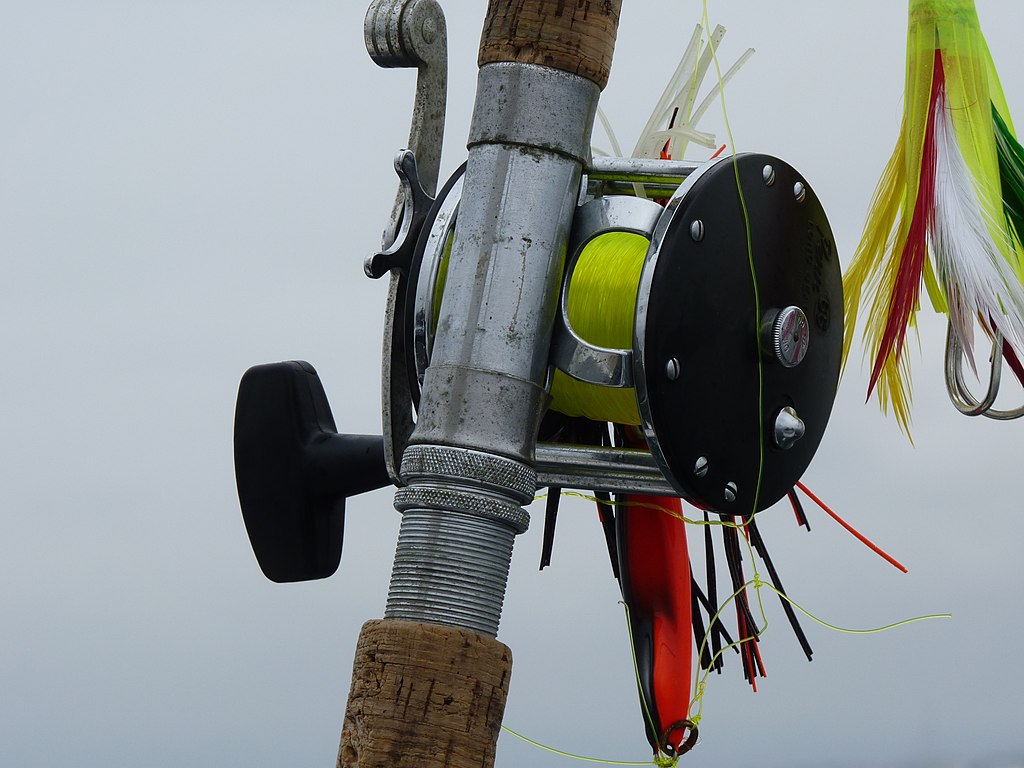
Modern fishing reels incorporate several distinct braking technologies, each with unique characteristics and applications. Magnetic brakes utilize magnetic force to create resistance against a metal spool, offering consistent, adjustable braking that works especially well in baitcasting reels. Centrifugal brakes employ physical friction through pins or weights that engage as the spool spins faster, providing strong initial braking that naturally reduces as the cast slows down. Some advanced reels feature hybrid systems that combine both magnetic and centrifugal mechanisms, offering anglers unprecedented control over casting dynamics. Spinning reels typically utilize bail systems and line roller tension rather than dedicated braking systems, while fly reels incorporate drag systems that function similarly to brakes during line retrieval. Each braking type has distinct advantages depending on fishing conditions, lure weights, and angler preference, making it essential to understand the specific characteristics of your equipment.
Baitcasting Reel Brake Systems
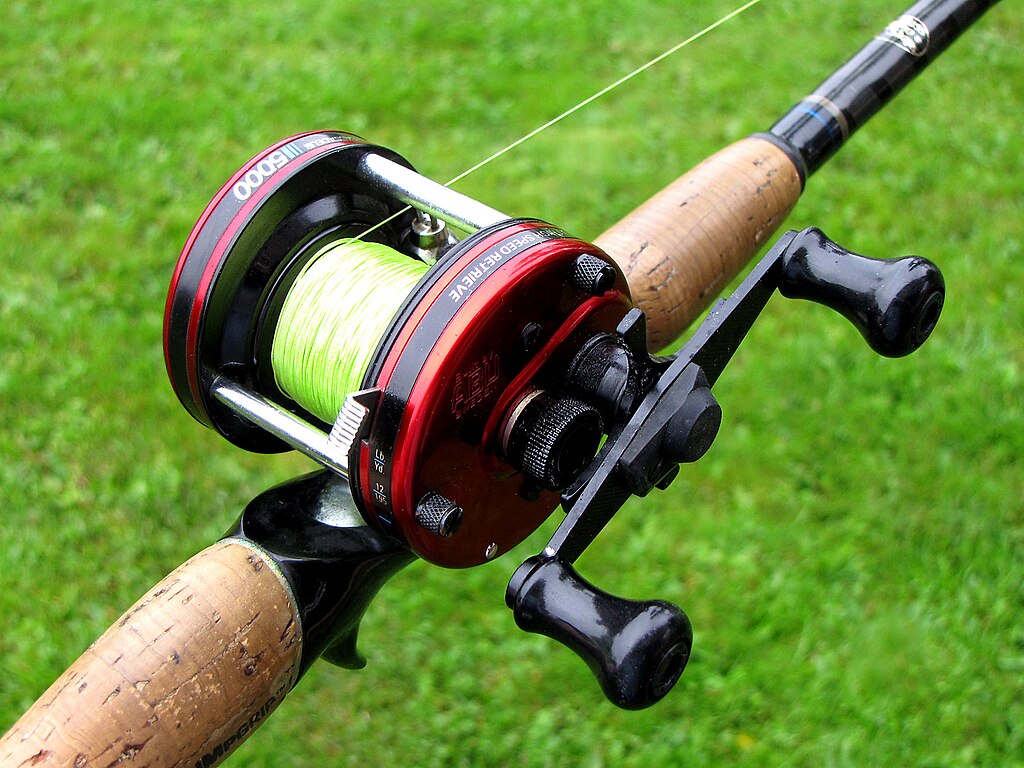
Baitcasting reels feature the most sophisticated braking systems in the fishing world, primarily because they’re prone to backlash without proper control. Most modern baitcasters employ either magnetic brakes, centrifugal brakes, or a combination of both to manage spool rotation. Magnetic systems typically feature external dials marked with numbers or letters indicating braking strength, allowing anglers to make quick adjustments without opening the reel. Centrifugal systems, by contrast, usually require opening the side plate to engage or disengage physical brake pins—typically numbering between four and six—that extend outward during high-speed rotation. Many premium baitcasting reels now incorporate digital braking technology with microprocessor-controlled systems that automatically adjust braking force throughout the casting motion. These advanced systems can detect changes in spool speed and modify resistance accordingly, providing optimal performance regardless of wind conditions or lure weight.
Signs Your Reel Brakes Need Adjustment
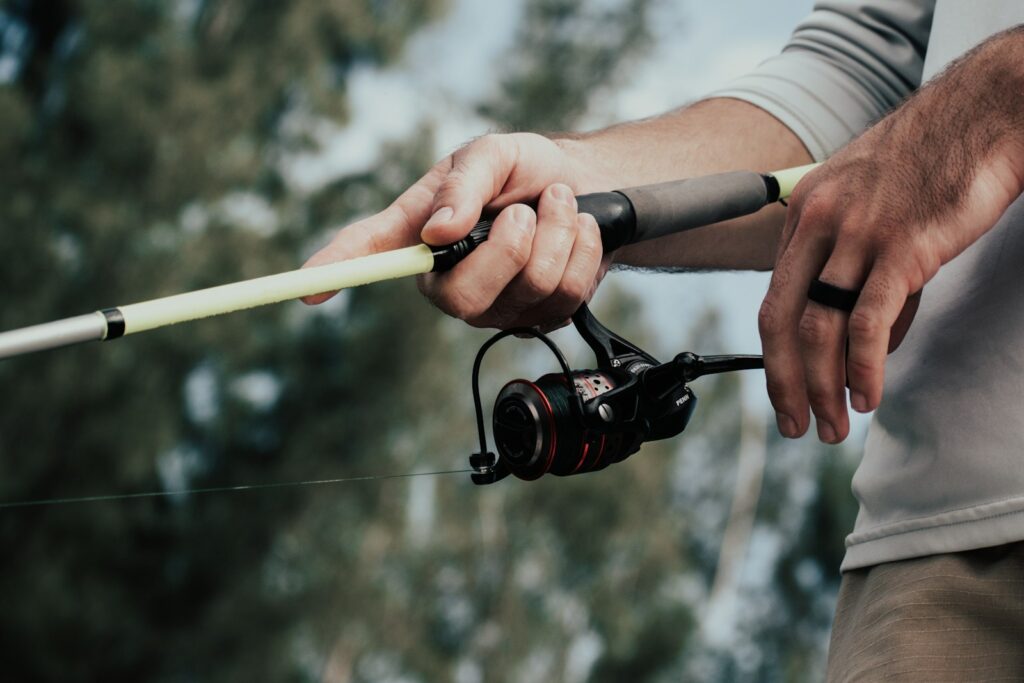
Recognizing when brake adjustments are necessary is crucial for maintaining casting efficiency and preventing frustration on the water. The most obvious indicator is frequent backlash or birds’ nesting, where the line becomes tangled around the spool during casting—this typically signals insufficient braking for current conditions. Conversely, significantly reduced casting distance despite proper technique suggests your brakes may be set too tight, restricting the spool’s rotation unnecessarily. Inconsistent casting performance, where some casts fly beautifully while others tangle immediately, often indicates a braking system that needs fine-tuning to match current conditions. You might also notice unusual sounds during casting, such as clicking or grinding noises that weren’t present before, potentially signaling brake components that need cleaning or maintenance. Experienced anglers develop a feel for their equipment and can detect subtle changes in casting performance that indicate the need for brake adjustments even before major problems develop.
Adjusting Magnetic Brakes
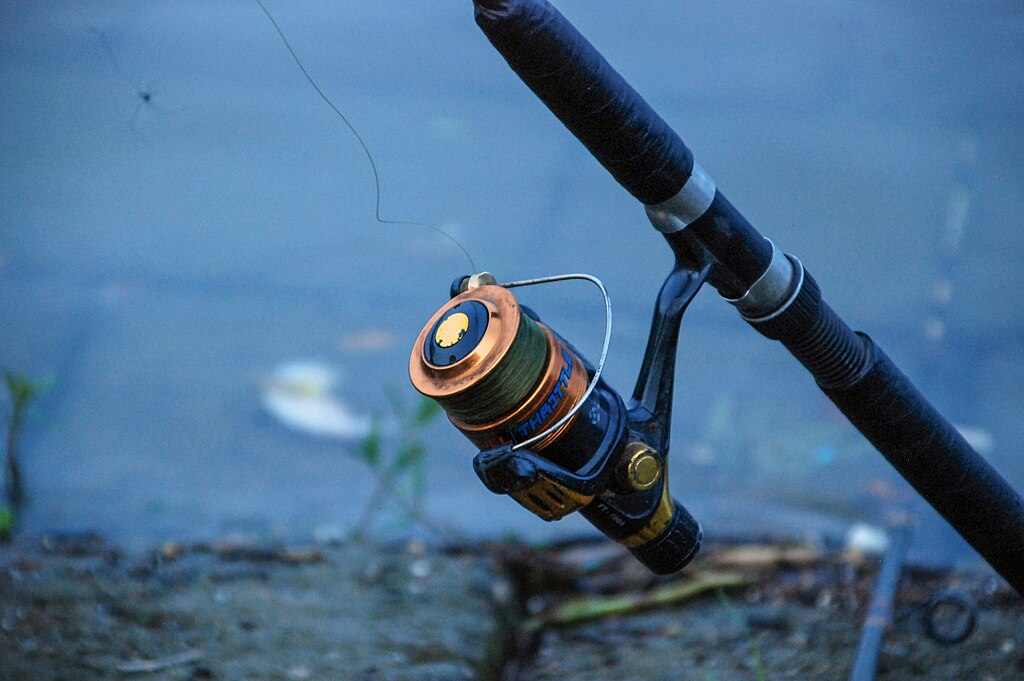
Magnetic braking systems offer perhaps the most user-friendly adjustment process, typically featuring external dials that control the proximity of magnets to the spool. Higher settings bring the magnets closer to the metal spool, creating stronger resistance and more controlled casts at the expense of distance. Most magnetic systems use numerical scales (typically 0-10 or 1-20) where higher numbers indicate stronger braking force. When adjusting magnetic brakes, it’s best to start with a higher setting (around 70-80% of maximum) and gradually reduce the braking force until you achieve the optimal balance between control and distance. Environmental factors significantly influence magnetic brake performance—cold weather may require higher settings as the line becomes stiffer, while warm conditions often allow for lower settings. Some advanced magnetic systems offer micro-adjustments or dual control systems that let anglers fine-tune both initial braking force and late-cast resistance independently, providing unprecedented casting customization.
Adjusting Centrifugal Brakes
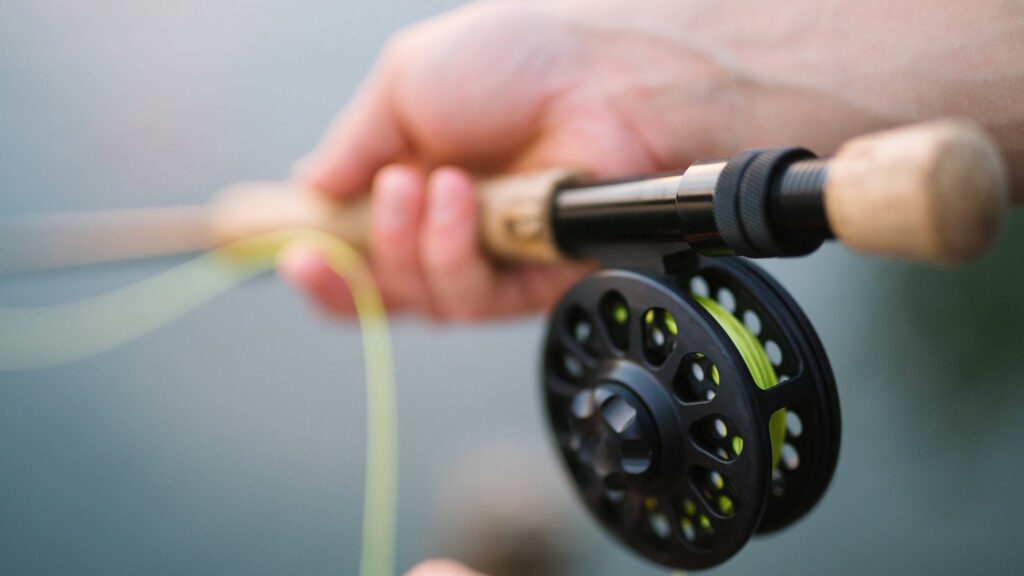
Centrifugal brake adjustments involve physically engaging or disengaging brake pins inside the side plate of the reel. To access these components, you’ll need to open the side plate (typically the non-handle side) by pressing a release button or turning a latch, revealing the internal brake system. Most centrifugal systems feature between four and six pins that can be individually set to either the “on” position (extended outward) or the “off” position (pushed inward). More engaged pins create a stronger braking force, with maximum braking occurring when all pins are activated. A common starting point is to engage half the available pins and test cast, then adjust accordingly—heavier lures typically require fewer engaged pins, while lighter lures need more braking power. The arrangement of engaged pins can also affect performance; some anglers prefer engaging pins opposite each other for balanced rotation, while others experiment with asymmetrical configurations for specific casting scenarios.
Spinning Reel Tension Adjustments
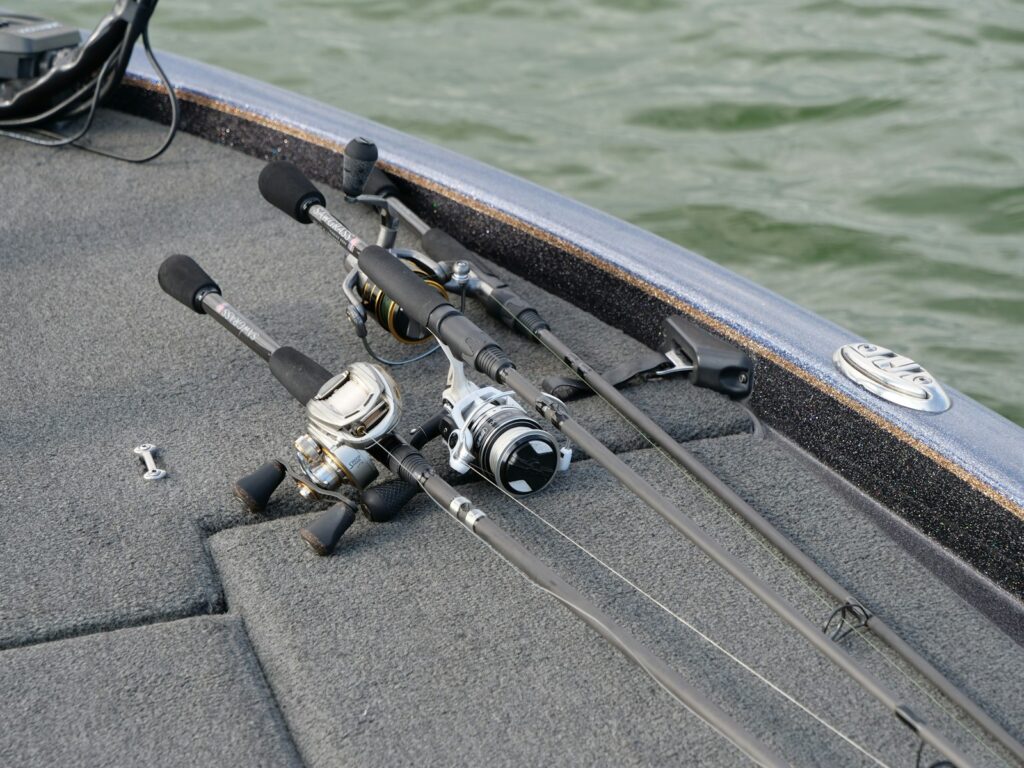
While spinning reels don’t have dedicated braking systems like baitcasters, they do feature tension controls that serve similar functions in managing line release. The primary tension adjustment on spinning reels is the bail tension knob located at the front of the spool, which controls how easily the line flows off the spool during casting. Tightening this knob increases resistance, helping prevent line from spilling too freely and causing wind knots or tangles. Most spinning reels also feature anti-reverse switches that prevent backward rotation of the handle, indirectly affecting line management during retrieval. Some higher-end spinning reels incorporate specialized line management systems with adjustable coil springs that control line flow more precisely than standard tension knobs. Proper tension adjustment on spinning reels becomes particularly important when using lightweight lures or fishing in windy conditions, where maintaining controlled line release prevents frustrating tangles.
Adjusting Brakes for Different Lure Weights
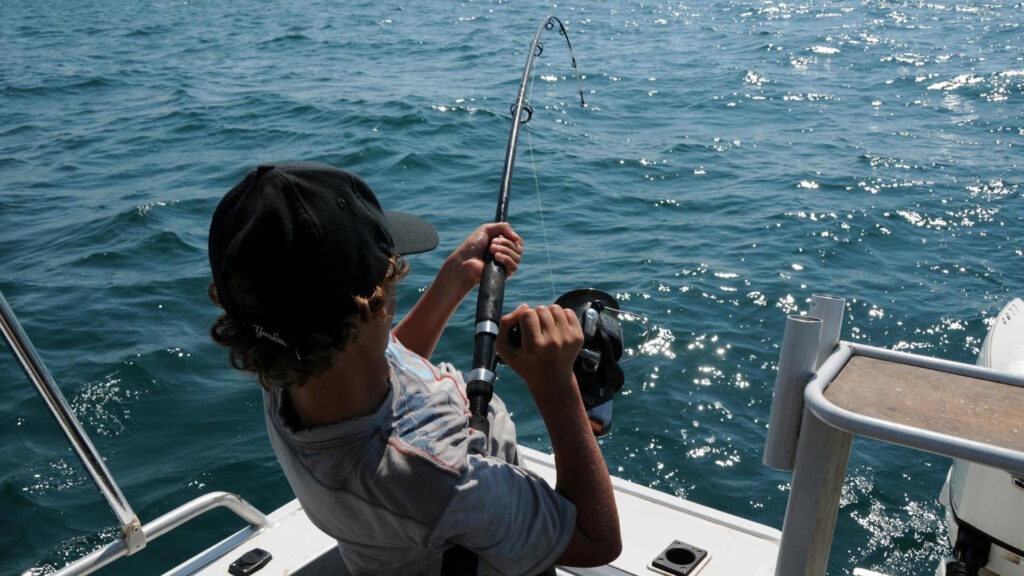
Lure weight significantly impacts optimal brake settings, requiring anglers to readjust when switching between different presentations. Heavier lures generate more momentum during casting, necessitating less braking force to prevent backlash while still achieving distance. When using lightweight lures (under 1/4 oz), stronger brake settings prevent the spool from outrunning the lure and causing tangles. Medium-weight lures (1/4 to 1/2 oz) typically perform best with moderate brake settings that balance control and distance. For exceptionally heavy lures (over 1 oz), minimal braking is often sufficient as the lure’s weight naturally pulls line from the reel at a rate that prevents overrun. Many experienced anglers develop a mental chart correlating specific lures with optimal brake settings, allowing them to quickly adjust when changing presentations without extensive test casting.
Adjusting Brakes for Different Weather Conditions

Environmental factors significantly impact reel performance, making brake adjustments necessary when conditions change. Wind represents the most obvious challenge, with headwinds requiring increased brake settings to prevent backlash as air resistance slows the lure more quickly than the spool. Tailwinds allow for reduced brake settings as they help carry the lure further while maintaining line tension. Temperature affects line memory and flexibility—cold conditions stiffen the line and require higher brake settings, while warm weather allows the line to flow more freely and often permits lower brake settings. Humidity can also influence performance, with high humidity sometimes causing the line to stick slightly to the spool, requiring minor brake adjustments to compensate. Barometric pressure changes before and after storms can subtly affect casting dynamics, with experienced anglers sometimes making slight brake adjustments to maintain consistent performance throughout changing weather systems.
The Spool Tension Knob: Not a Brake
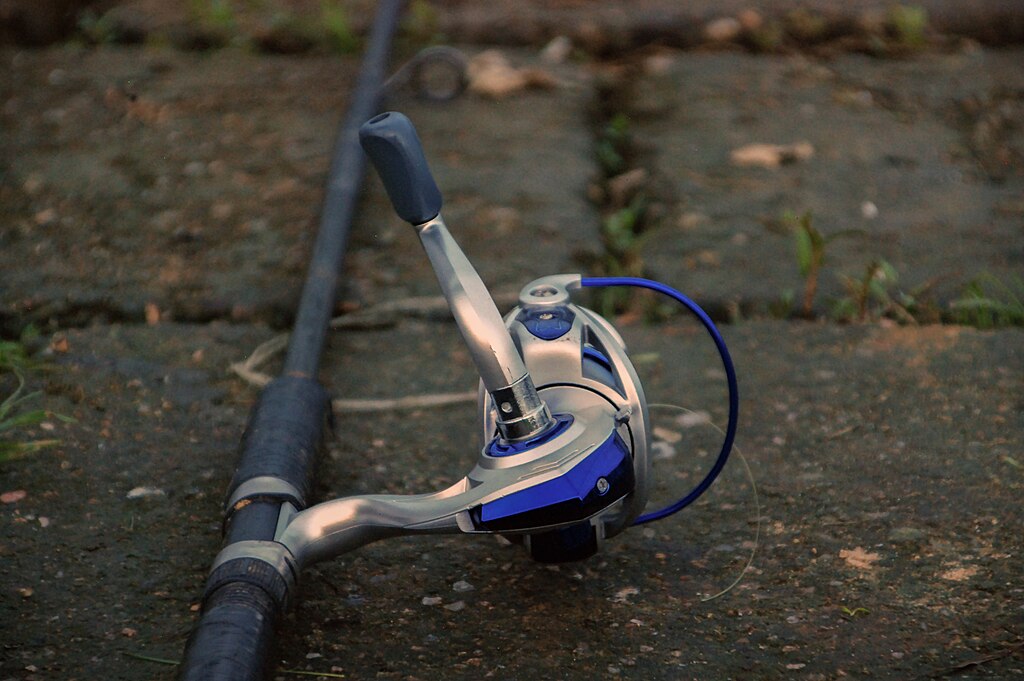
Many anglers mistakenly use the spool tension knob (sometimes called the cast control knob) as their primary casting control, which leads to suboptimal performance. The spool tension knob, typically located on the handle side of baitcasting reels, is designed only to eliminate side-to-side play in the spool and provide minimal resistance during free-fall. Proper adjustment involves tightening the knob until the spool barely moves when the reel is disengaged and then backing off until the lure slowly descends when the thumb bar is pressed. Over-tightening this knob significantly reduces casting distance by creating excessive friction throughout the cast, while also potentially causing premature wear on the spool bearings. The spool tension should remain relatively constant regardless of lure weight or wind conditions, with actual cast control managed through the dedicated braking systems.
Maintenance of Brake Systems
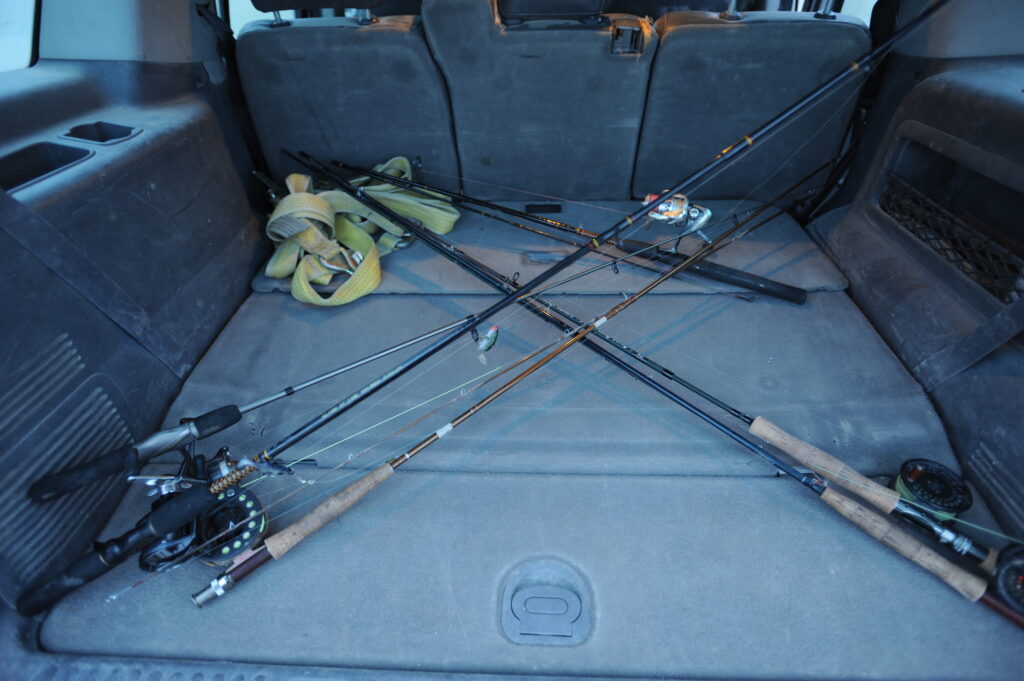
Regular maintenance ensures optimal brake performance and extends the life of your reel’s components. For centrifugal brake systems, periodic cleaning of the brake pins and contact surfaces prevents the build-up of dirt, salt, or lubricant that could interfere with smooth operation. This typically involves using cotton swabs with alcohol or a specialized reel cleaner to remove residue without leaving behind lint or moisture. Magnetic brake systems require less physical maintenance but benefit from keeping the spool clean and free from metal particles that might be attracted to the magnets over time. Both systems should be inspected for wear, particularly on contact surfaces where repeated friction might eventually cause deterioration. High-end reels with sealed brake systems require less frequent maintenance but should still be serviced by professionals according to manufacturer recommendations, typically every 1-2 years for heavily used equipment.
The Thumb Factor in Brake Management
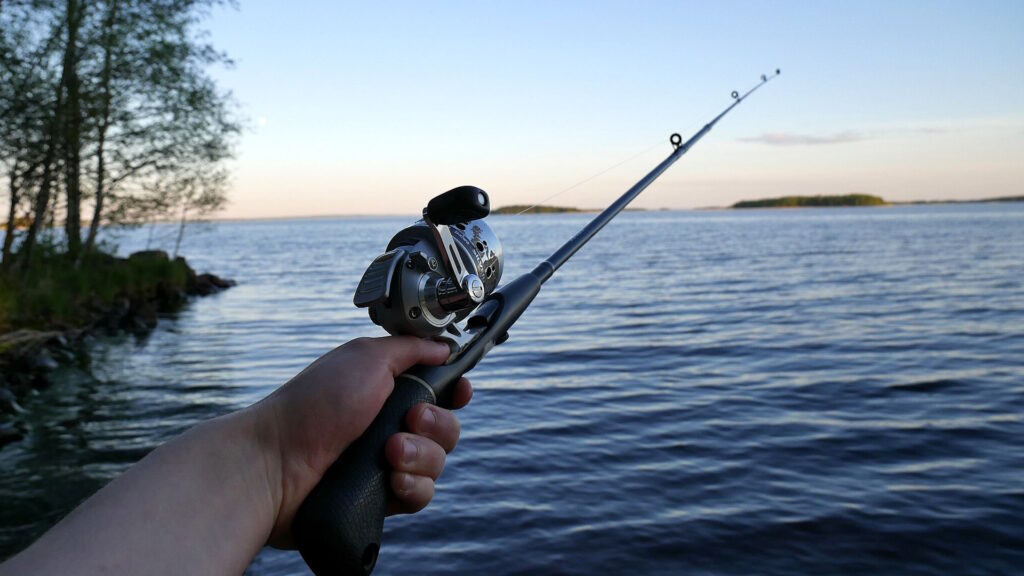
Even the most sophisticated braking systems can’t completely replace the fine control provided by an angler’s thumb during casting. Proper thumb technique involves maintaining light pressure on the spool during the initial acceleration phase, then feathering the line as the lure approaches its target. This human element works in concert with mechanical brakes, providing instantaneous adjustments that no automated system can match. Many experienced anglers prefer slightly looser brake settings that allow for greater distance while using thumb control to prevent backlash. Developing this tactile sensitivity takes practice but ultimately provides superior casting control across varying conditions and lure weights. Some professional anglers can cast effectively with minimal brake settings, relying almost entirely on thumb control—a skill that comes only with thousands of casts and deliberate practice.
Testing and Fine-Tuning Brake Settings

Finding the perfect brake setting requires methodical testing and systematic adjustment rather than random tweaking. Begin by selecting a moderate brake setting appropriate for your lure weight, then make a controlled cast using proper technique. If the cast results in backlash, increase the braking force incrementally and repeat until clean casts are achieved consistently. If casting distance seems unnecessarily limited, gradually reduce braking force until you find the threshold where control is maintained while maximizing distance. Document successful settings for different lure weights and conditions, creating a personal reference guide that speeds up future adjustments. Many professional anglers mark their favorite settings for specific techniques directly on their reels using small stickers or permanent markers, allowing for rapid changes between fishing scenarios.
Common Brake Adjustment Mistakes
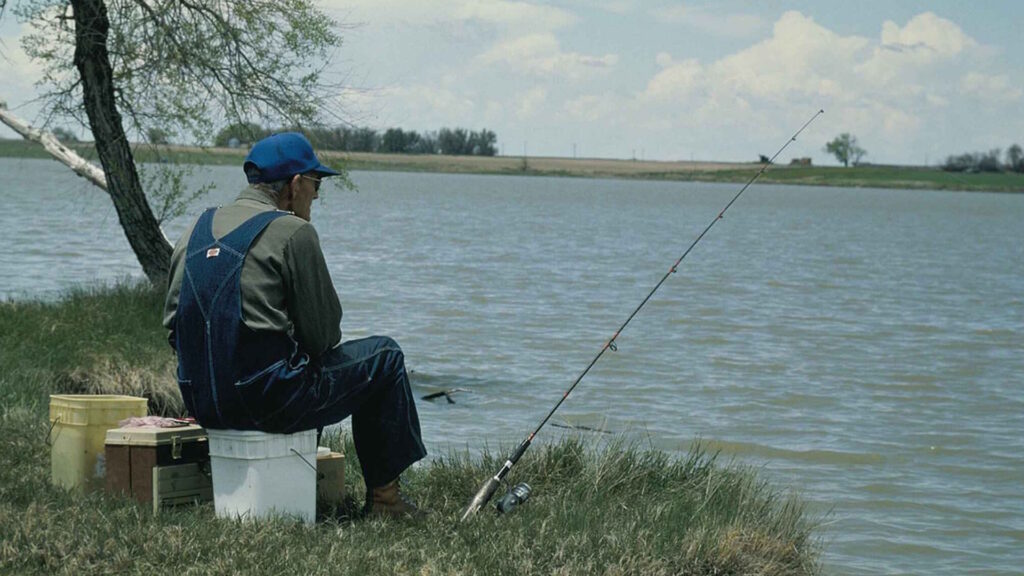
Several common errors hamper effective brake management and limit fishing efficiency. The most prevalent mistake is treating the spool tension knob as the primary cast control rather than using the dedicated braking system, resulting in unnecessary friction and reduced casting performance. Another frequent error involves making dramatic brake adjustments instead of incremental changes, leading to overcorrection and continued casting problems. Many anglers fail to adapt their brake settings to changing conditions, using the same configuration regardless of wind direction or lure weight. Some fishermen unnecessarily sacrifice casting distance by maintaining excessively tight brake settings as a backlash prevention “safety net” rather than developing a better casting technique. Perhaps the most fundamental mistake is inconsistent casting technique that makes it impossible to determine whether casting problems stem from brake settings or user error—developing a smooth, repeatable casting motion provides the foundation for effective brake adjustment.
conclusion
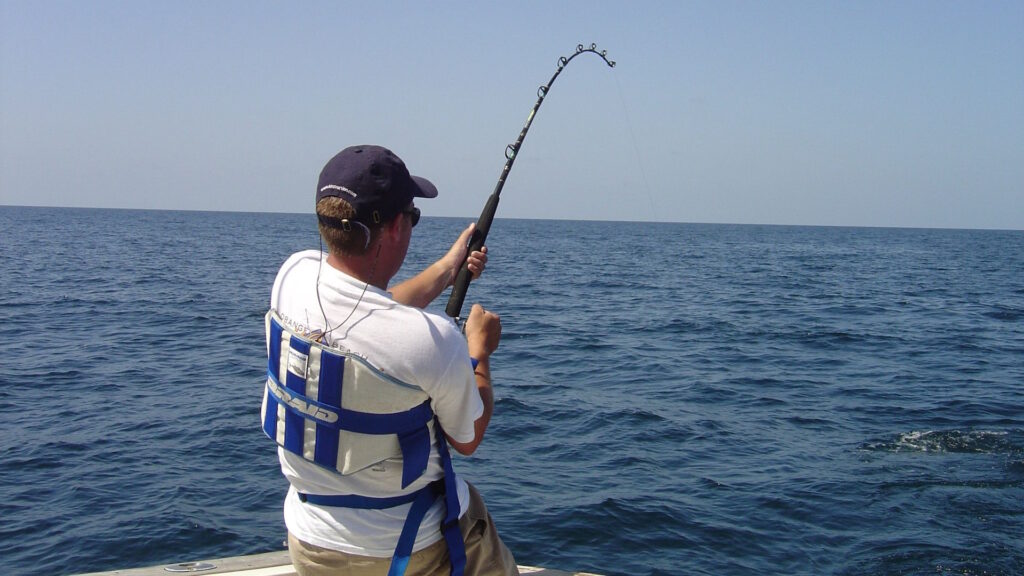
The mastery of reel brakes represents one of the most significant steps in an angler’s technical development. Understanding when and how to adjust your braking system transforms fishing from a frustrating exercise in untangling line to a fluid experience where your equipment becomes a natural extension of your intentions. Whether you’re casting lightweight finesse baits into a headwind or launching heavy swimbaits for trophy bass, proper brake adjustment maximizes both your casting potential and your enjoyment on the water. By approaching brake adjustment as a systematic process and developing the sensitivity to recognize when changes are needed, you’ll cast with greater confidence, experience fewer frustrations, and ultimately spend more time with your lure in the water where it belongs—catching fish.
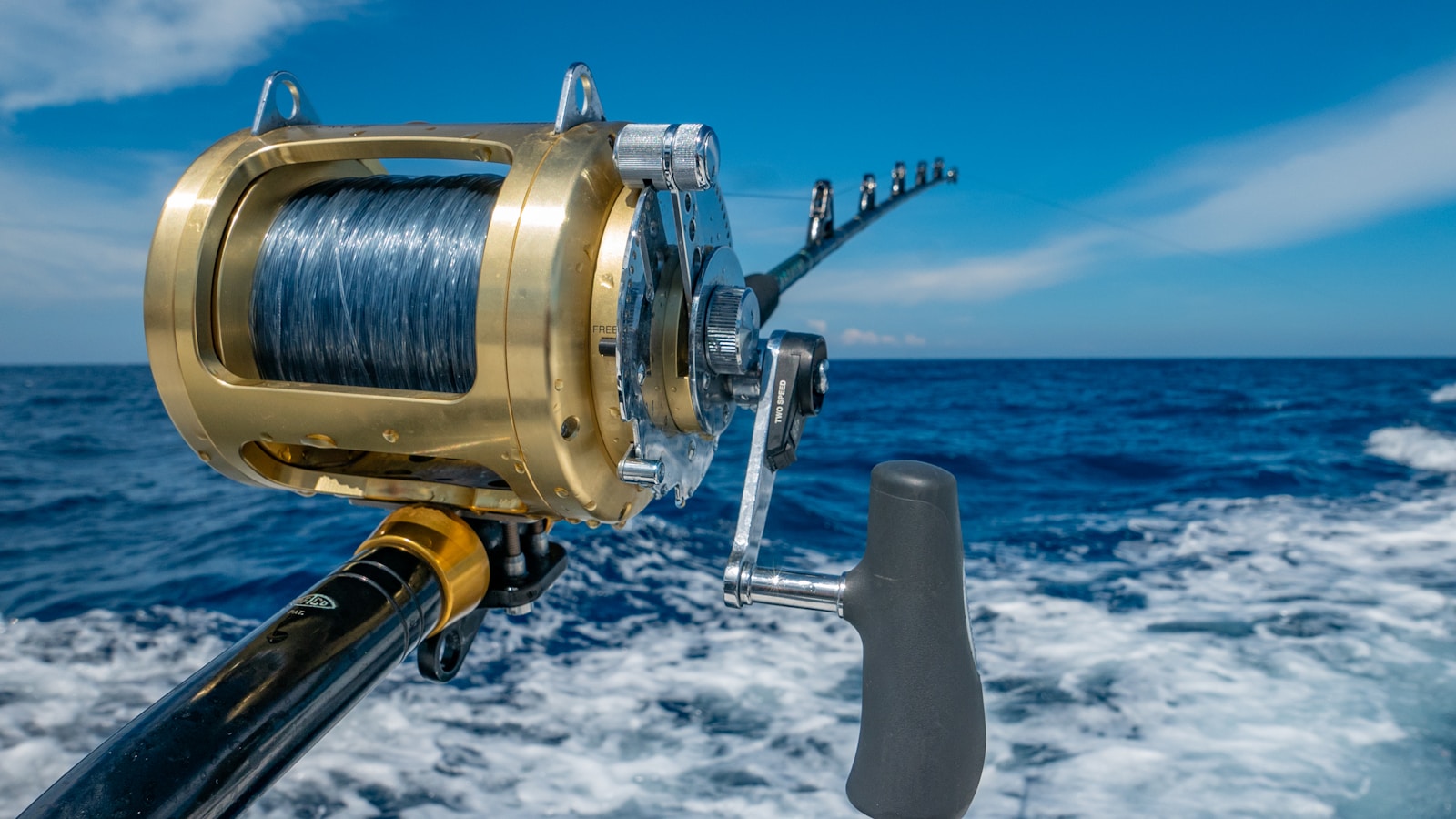


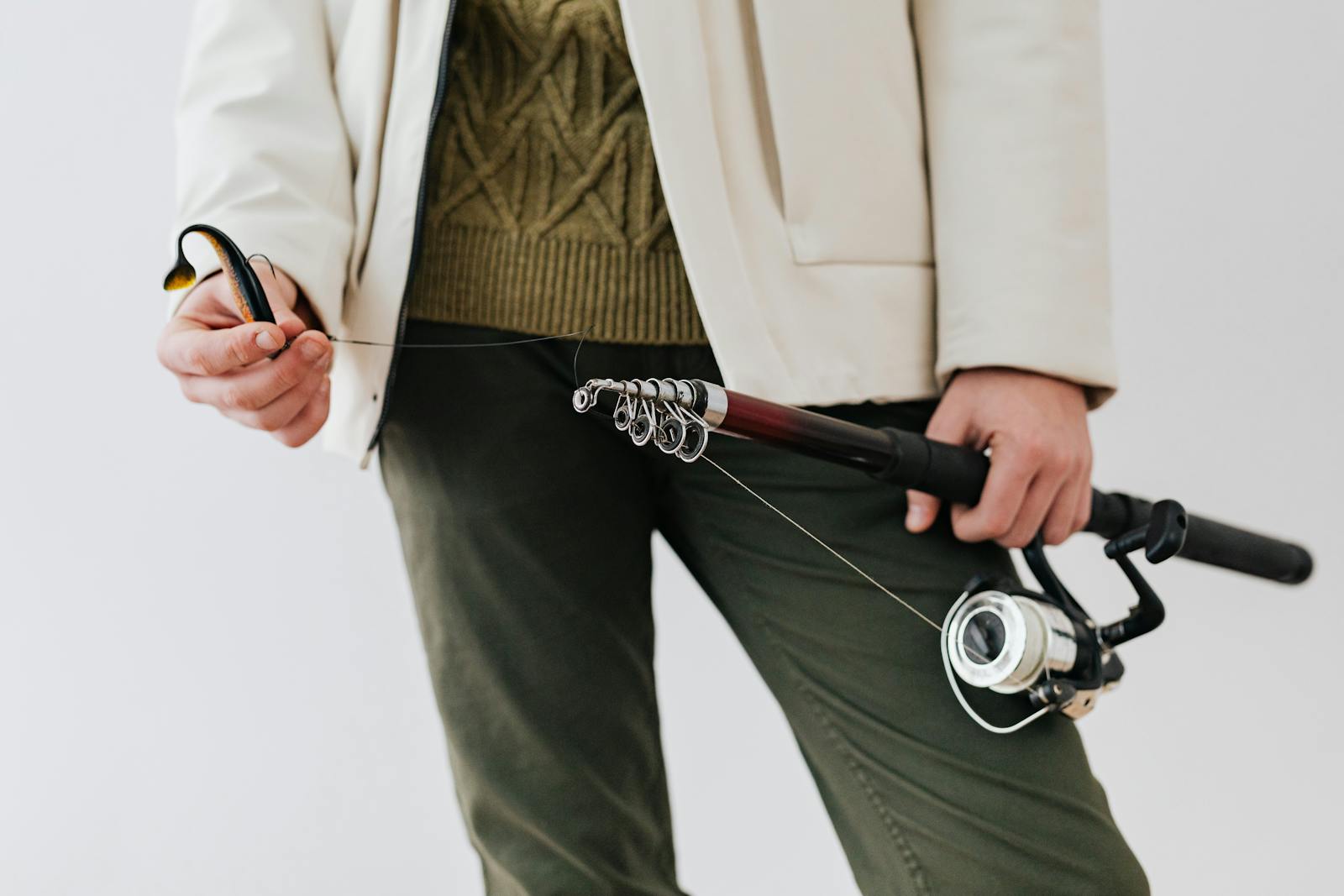
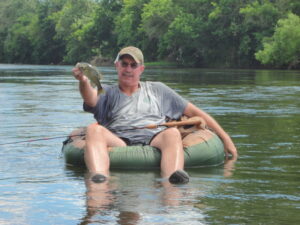









Post Comment